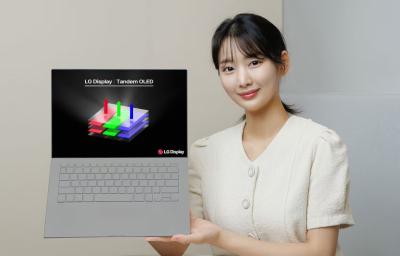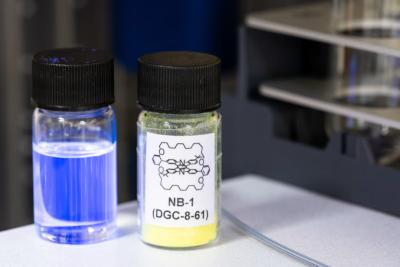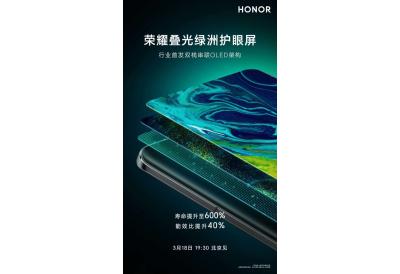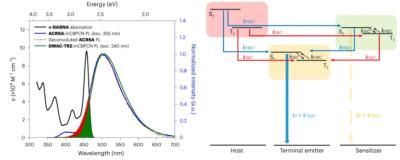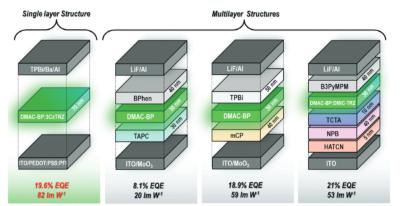LG Display starts mass producing 13-inch tandem laptop OLED panels
LG Display says that it has started to mass produce tandem OLED laptop panels, the first company to do so. LGD says its tandem architecture double the lifetime of its OLEDs, reduce power consumption by up to 40%, and enable up to three times the brightness.
LGD has been producing tandem OLED displays since 2019, mainly for the automotive industry. This expertise has enabled it to be Apple's main tandem OLED display suppler for its 2024 iPad Pro devices, and now to be the first one to produce tandem laptop panels.
